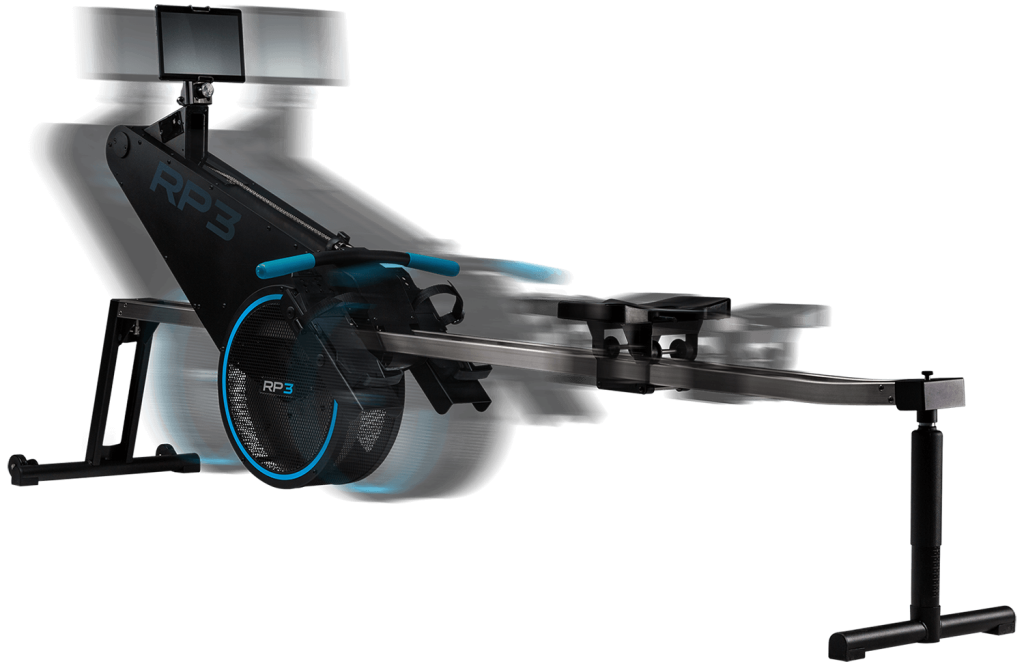Maintenance
Maintenance
Easy to maintain
Like everything with moving parts, our RP3 models also need regular maintenance.
The dynamic character of our machines is provided by a mechanical operation that simulates rowing on water. The moving parts with the chain and bearings that drive the flywheel require regular maintenance. Obviously the more use, the more wear and tear.
Cleaning after each workout is highly recommended, as is cleaning and drying your rowing boat after a session.
If you suspect your rowing machine requires a repair, please Contact Us. If your machines are ‘club owned’, they will require servicing annually to keep them in top condition. Please visit our Contact Page to book a machine service.

Maintenance Checklist
1. Main bar
Always clean the main bar (S) / bars (T) after every session. This prevents dirt building up inside the machine. Paper towel and anti-bacterial spray are ideal for this.
2. Chain
Lubricate the chain twice a year with a silicon spray when used daily. This is especially important if you plan to keep the RP3 in humid or damp conditions. With two people, lock or hold the machine onto the bar and ask a helper to pull the handle to its full extent. You also can use a rope to connect the handlebar to the rear leg temporarily.
Wipe the chain with a rag to coat the chain in a thin layer: a silicon spray is recommended.
We recommend checking the chain every 6 months.
3. Powerbank
If you have a Bluetooth compatible RP3 Model S, the Bluetooth module is powered by a rechargeable powerbank. This powerbank will need recharging roughly once a month, sometimes somewhat sooner when used more often. It is recharged with a standard micro-USB charger and accessed by unscrewing the black thumbscrew on the back of the machine and lifting the panel (see below). The powerbank can be unplugged from the machine to recharge it.
This is the case with the RP3 Model T as well. The Model T powerbank is charged by the machine itself. Sometimes it is needed to recharge this powerbank as well. So when the fixed monitor is not working, check the powerbank here.
4. App updates
It is also worth connecting the tablet to WiFi occasionally to ensure you have the latest version of the RP3 App installed. The App is updated on a regular basis to provide additional functionality and fix any bugs.
5. Repair or service
If your RP3 develops a fault or cleaning the bar does not result in the machine running smoothly, please contact your nearest service provider or contact us to arrange a machine repair or service.




